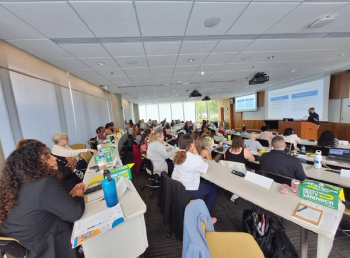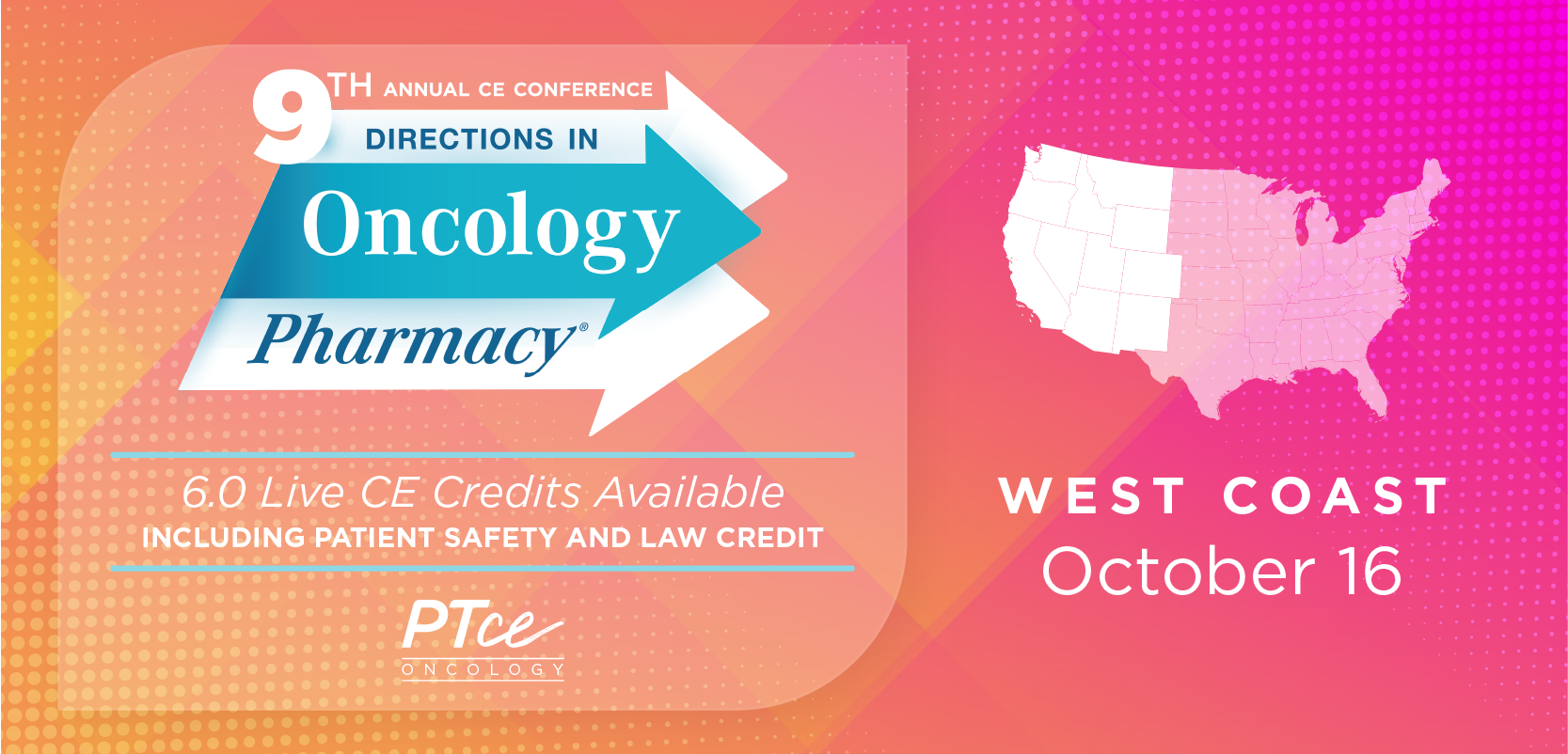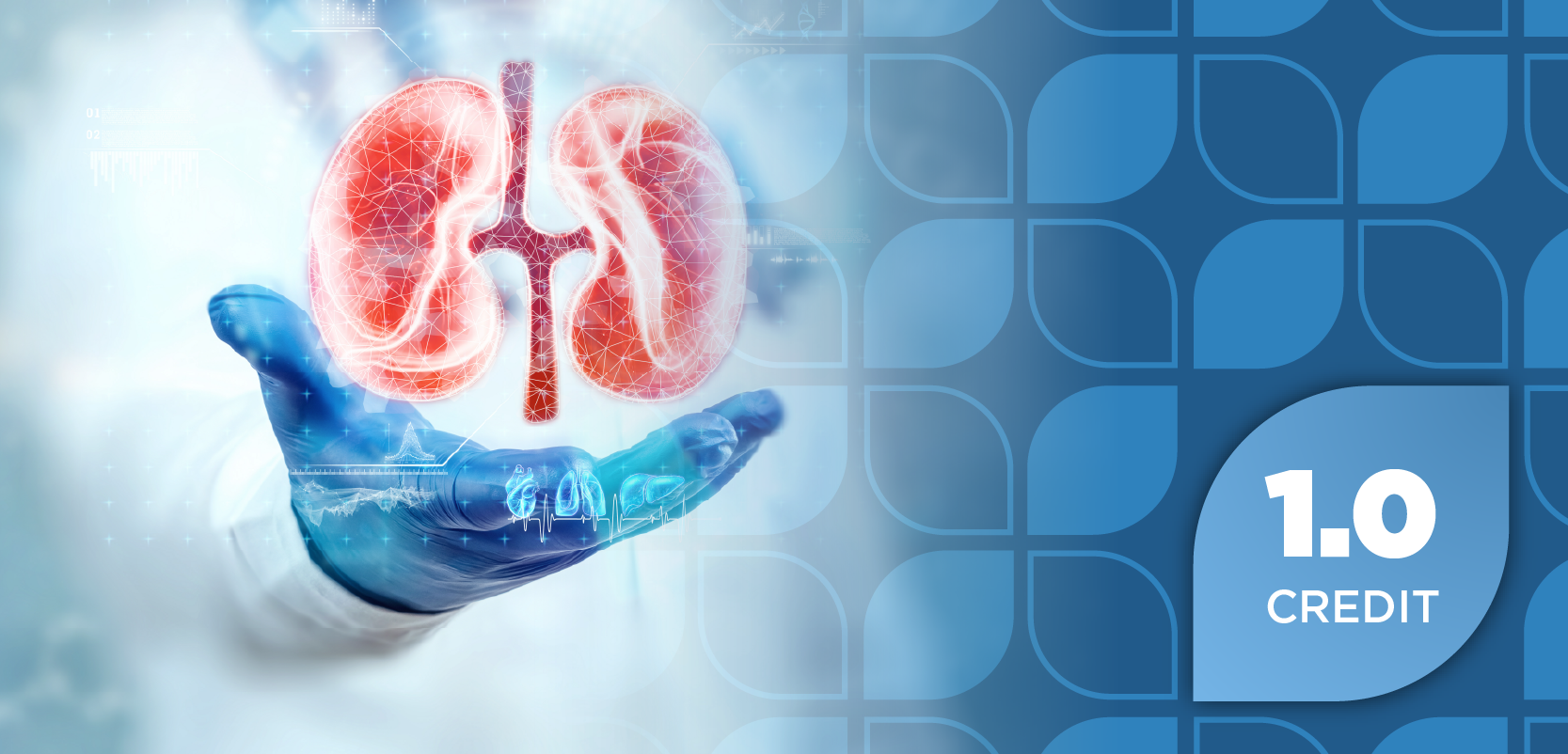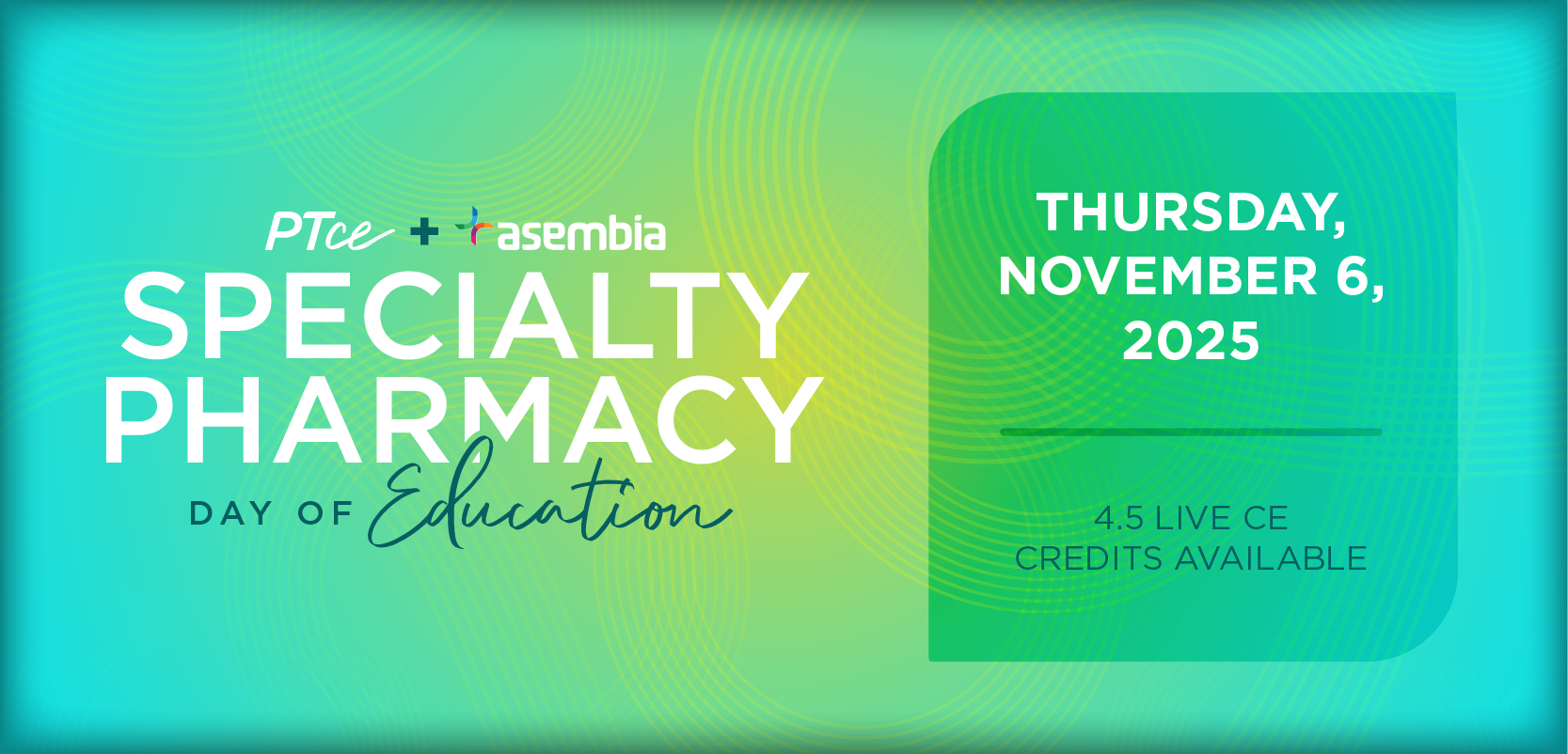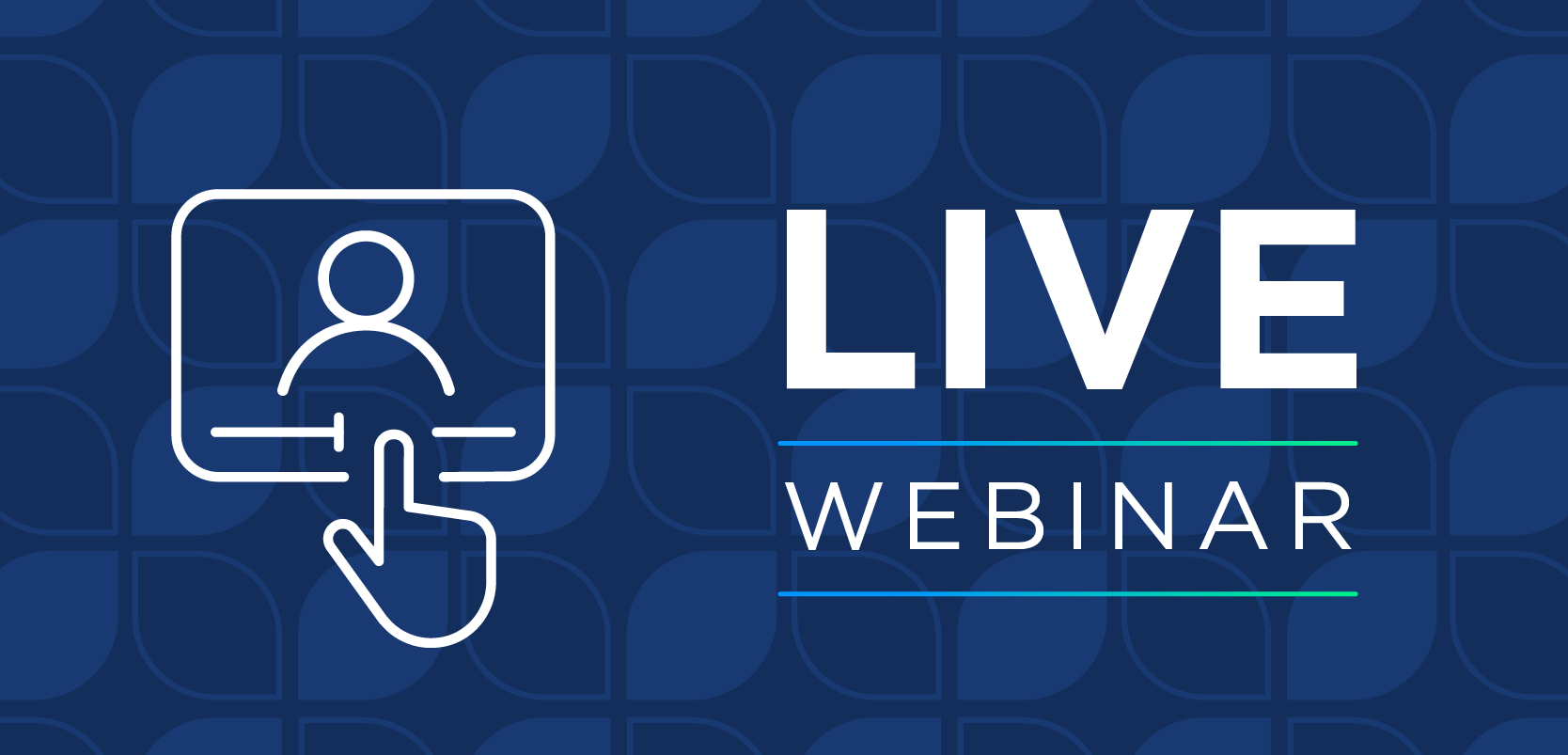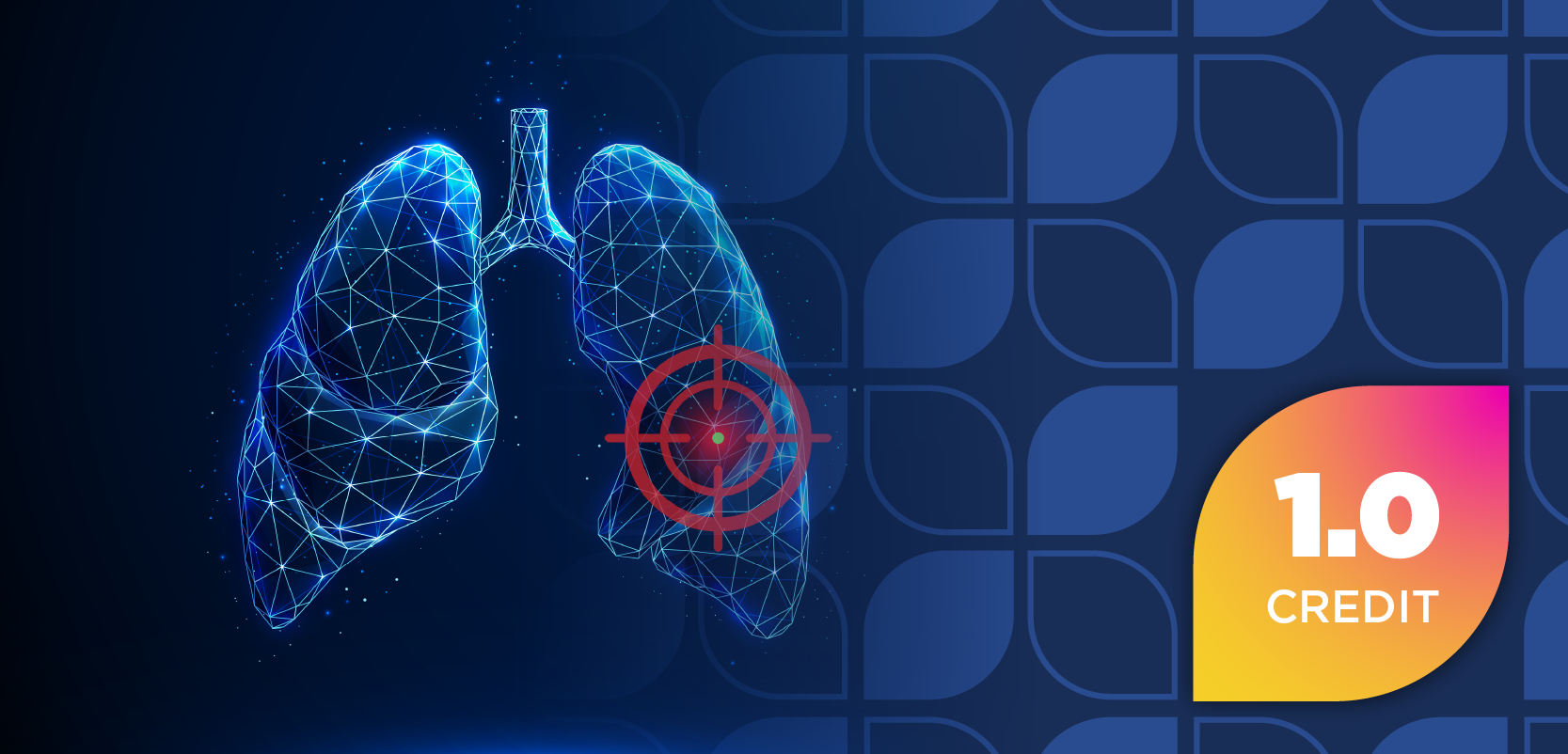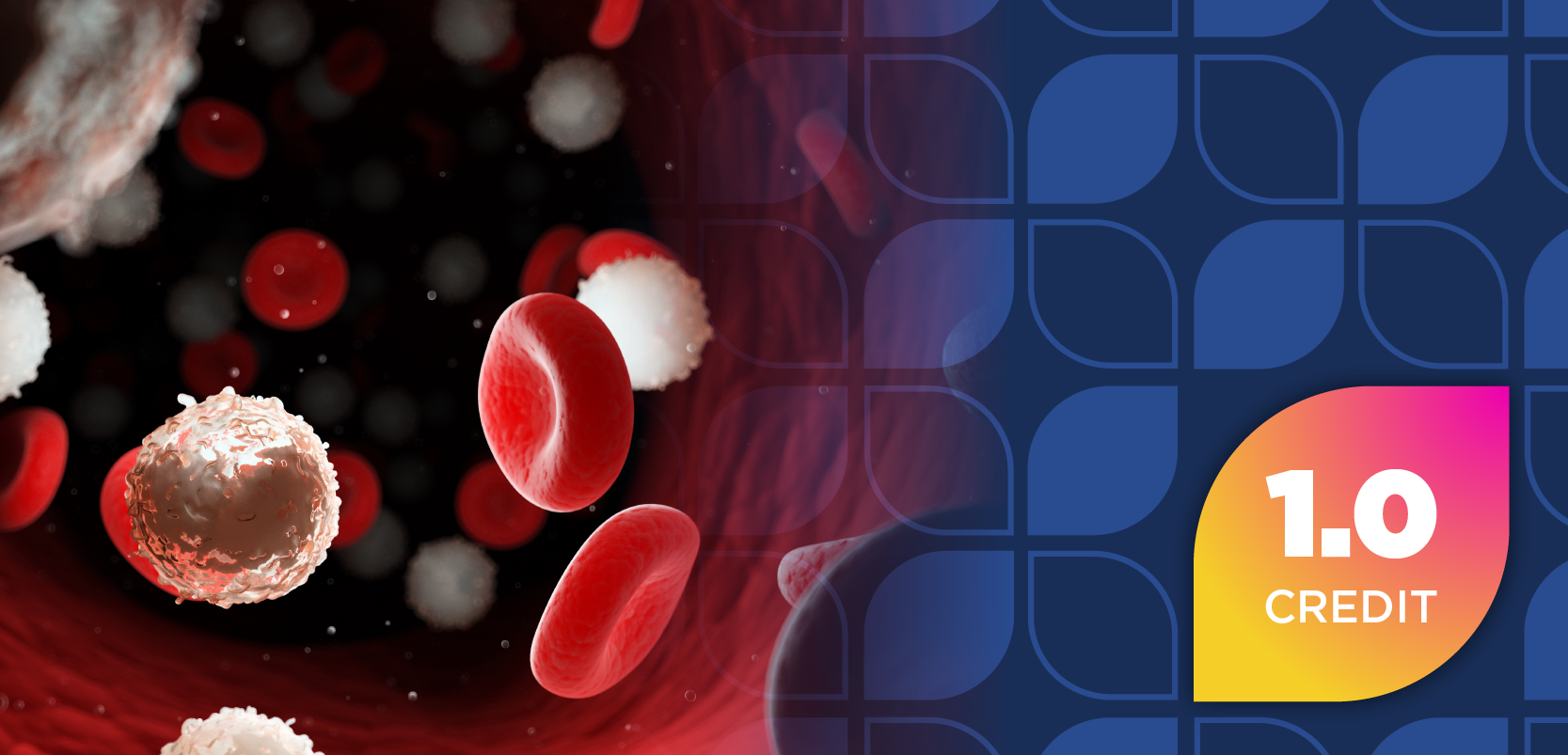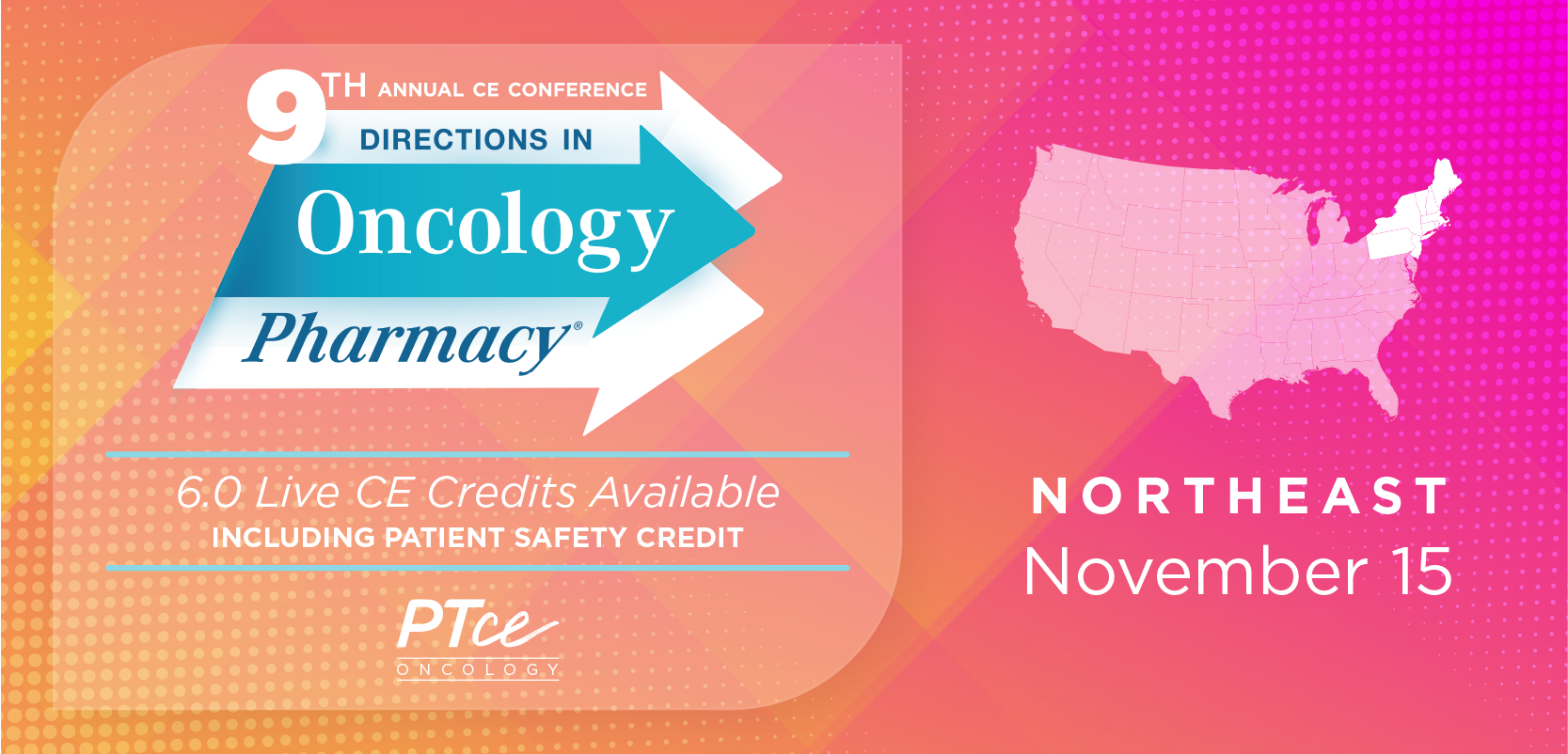
- March 2019 Respiratory
- Volume 85
- Issue 3
Care Planning Is the Future of Pharmacy Practice
This longitudinal and patient-level delivery model is both engaging and professionally fulfilling.
You have heard and read it a thousand times: “Pharmacy needs to transform from product to service.”
For the better part of 30, maybe even 40, years, leaders in our profession have espoused a movement toward services as the future of the profession of pharmacy. They have said, “We can’t rely on product to pay for us. There will come a day when drug reimbursement will not be sufficient to cover the cost of pharmacist labor and nonpharmacists and machines will take over dispensing.”
They were definitely right about that.
Our (much needed) quest for “provider status” has led us down a path toward a mind-set that believes we just need to be able to bill for services like everyone else. If only we could just bill that 99214 provider billing code for routine visits with the patient, we would have plenty of revenue to support ourselves, and we could give up on product.
Schedule 20 patients a day and hope 15 show up. Fifteen encounters times the billing rate, and we are good to go, right? They were mostly right about that. But not entirely.
Three Key Factors Demand Longitudinal Patient Level Care Delivery
Payers are running away from fee-for-service reimbursement as fast as policy makers and providers will allow. Chronic care management, outcomes-based reimbursement, and population management are the new coin of the realm, and point-in-time encounters with patients are largely seen as insufficient in the provision of high-quality care (see figure). CMS is spending hundreds of billions of dollars changing the way the government reimburses for physician care, away from an exclusive focus on encounters and toward contiguous, coordinated, longitudinal, and personalized care delivery.
And the need for this transformation is only amplified for pharmacists. We are in the medication optimization business (or at least we should be), and fully 83.2% of the medications we fill every year are for patients with 2 or more chronic diseases. By application of common sense, pharmacists might conclude that we need to have a longitudinal, patient-level approach to pharmacist-provided services delivery, often using dispensing as the vehicle for regular engagement with the patient.
Longitudinal, patient-level care is accomplished through care planning with follow-up, and that evolution will require a reengineering of care processes toward appointment-based models and contracting based on clinical outcomes (not prescription fills) and meaningful relationships with patients, the types of relationships not related to ice cream melting in line but rather a humanistic care provider connection with the patient.
The forth aim, as it has come to be called, refers to professional fulfillment and provider well-being. We need this evolution of care toward individualized care planning for our financial as well as mental health as pharmacists.
Prescription Workflow is a Great Advantage and the Biggest Barrier
For pharmacists practicing in a pharmacy, the accessible, dynamic, high-touch, and short-order cook environment is greatly appreciated by consumers and patients alike. However, the same workflows that support that convenience also create barriers to longitudinal, patient-level care delivery. The patient drops off a prescription for a rash. The patient’s metformin has not been filled for 3 months, and he is overdue for a repeat glycated hemoglobin (A1C) test. Our current informatics and workflows do not adequately address the opportunity and the problem.
The Critical Role of Pharmacy Informatics Transformation
A1C, drug therapy problems, high-density lipoprotein, health concerns, low-density lipoprotein, mm Hg, patient goals, and plan of care are all important data points and elements of care planning and follow-up. All are essential elements for the new system of care and payment. We need information systems that provide for longitudinal, patient-level care that helps coordinate care, and assure quality and can be submitted for payment.
This is why efforts such as the Pharmacist eCare Plan Initiative (ecareplaninitiative.com) are so important.1
Well over 10,000 pharmacies now have the ability to record this information in their chosen software system and send that information to others, including payers.
Professional Judgement and Relationships are Irreplaceable
It is easy to turn off a pharmacy. Just require mail order. Or charge them more for getting a prescription in the community. But high-quality, patient-centered care delivery billed as a service? Good luck turning that off. It is possible, and it does not have to be hard. Care planning is engaging, longitudinal, patient-level care delivery that is professionally fulfilling. And everyone (but us) gets paid well for it.
REFERENCE
1. Pharmacist eCare Plan Initiative. ecareplaninitiative.com. Accessed March 1, 2019.
Articles in this issue
over 6 years ago
An Error at the Drive-Through Window: Is It Malpractice?over 6 years ago
The Role of Abuse-Deterrent Formulations in Opioid Abuseover 6 years ago
Cracking Down on Pill Mills Is Painstaking Work (Part 2)over 6 years ago
Bob's Pharmacy Relies on Naloxoneover 6 years ago
What is the Pediatric Cancer STAR Act?over 6 years ago
Glucometers Help Patients Manage Diabetesover 6 years ago
Carefully Assess Bleeding Risk in Patients on Antidepressantsover 6 years ago
Pneumonia Prevention Is Possibleover 6 years ago
Strong Patient-Pharmacist Relationships Aid Seniorsover 6 years ago
New ACT Program Brings Challenges and BarriersNewsletter
Stay informed on drug updates, treatment guidelines, and pharmacy practice trends—subscribe to Pharmacy Times for weekly clinical insights.




